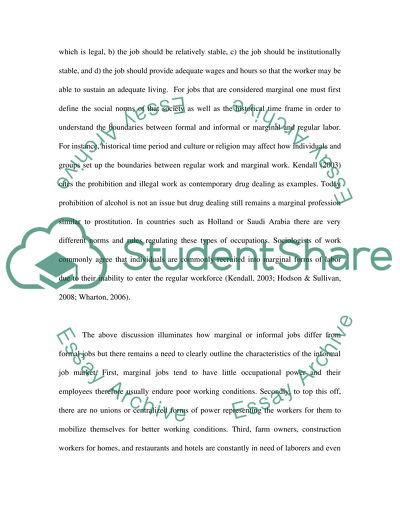Cite this document
(Marginal Jobs and the Norms Expected of Work Assignment, n.d.)
Marginal Jobs and the Norms Expected of Work Assignment. Retrieved from https://studentshare.org/human-resources/1516044-sociology-of-the-work-place
Marginal Jobs and the Norms Expected of Work Assignment. Retrieved from https://studentshare.org/human-resources/1516044-sociology-of-the-work-place
(Marginal Jobs and the Norms Expected of Work Assignment)
Marginal Jobs and the Norms Expected of Work Assignment. https://studentshare.org/human-resources/1516044-sociology-of-the-work-place.
Marginal Jobs and the Norms Expected of Work Assignment. https://studentshare.org/human-resources/1516044-sociology-of-the-work-place.
“Marginal Jobs and the Norms Expected of Work Assignment”, n.d. https://studentshare.org/human-resources/1516044-sociology-of-the-work-place.


